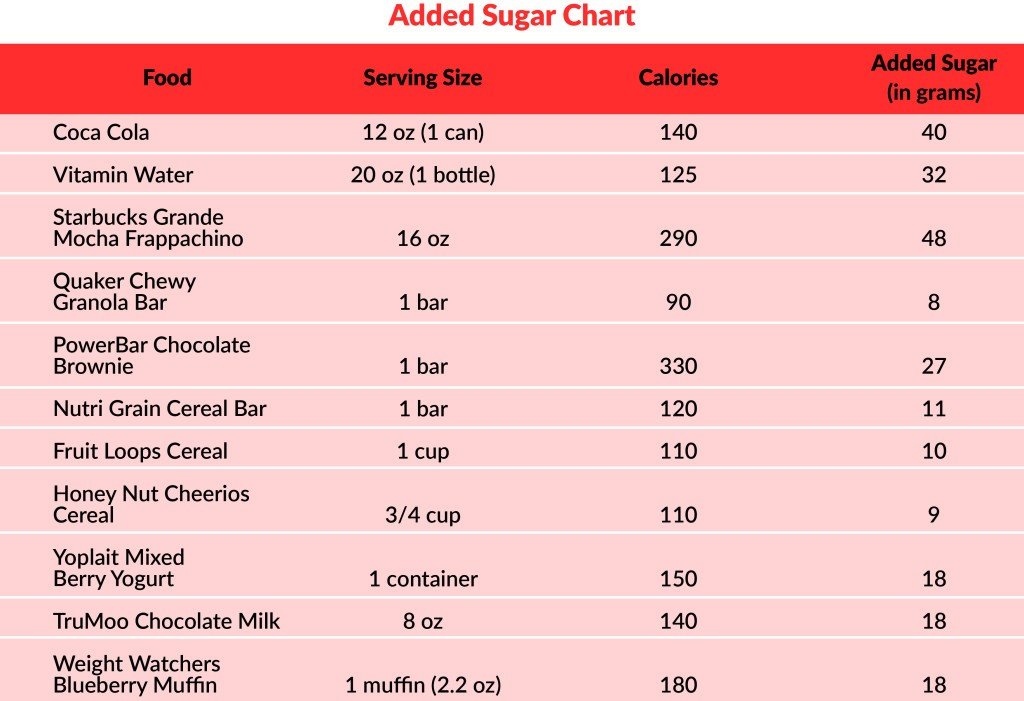Dietary Guidelines for Americans 2015-2020: The News About Sugar
The Dietary Guidelines for Americans 2015-2020 were recently released and recommendations regarding added sugar intake have been included for the first time. These Guidelines are intended to help people improve their eating habits in order to avoid chronic disease and maintain an optimal quality of life, so it makes sense that we begin to focus on refined sugar and how its intake affects our health. According to the Guidelines, we should consume no more than 10% of our daily caloric intake from added sugar. Added sugar is found in processed foods, and it does not include the sugar we consume from natural sources such as whole fruits, vegetables and dairy products without added sugar. This new information can be confusing, but easily understood with a little sugar math.The average American should consume approximately 2,000 calories per day (more or less, depending on age, gender, and activity level). Of those calories, no more than 10% should come from added sugar. If we do the sugar math, that number is 200 calories from added sugar, according to the Dietary Guidelines for Americans. Because it is easier to count grams of sugar, as they are listed that way on the Nutrition Facts food label, we can convert the 200 calories to grams by dividing that number by 4 (the number of calories per gram of sugar). The result of this sugar math problem is that added sugar intake should be limited to 50 grams per day when eating a 2,000-calorie diet.It may seem like 50 grams is a lot of sugar, but take a look at the chart below of common food products to see how quickly those grams add up. By reading food labels and becoming sugar savvy, you will be able to monitor your added sugar intake and make informed food choices. By Beth Rosen, MS, RD, CDNWe will be working on more Dietary Guidelines articles and creating PowerPoint shows, handouts, and posters. Subscribe at the top of our site to get valuable updates and free handouts.References:Nutrition Education Store - MyPlate MaterialsMyPlate and the Dietary GuidelinesDietary Guidelines for Americans 2015 to 2020More resources:[shopify embed_type="collection" shop="nutrition-education-store.myshopify.com" product_handle="stem"]
By Beth Rosen, MS, RD, CDNWe will be working on more Dietary Guidelines articles and creating PowerPoint shows, handouts, and posters. Subscribe at the top of our site to get valuable updates and free handouts.References:Nutrition Education Store - MyPlate MaterialsMyPlate and the Dietary GuidelinesDietary Guidelines for Americans 2015 to 2020More resources:[shopify embed_type="collection" shop="nutrition-education-store.myshopify.com" product_handle="stem"]


